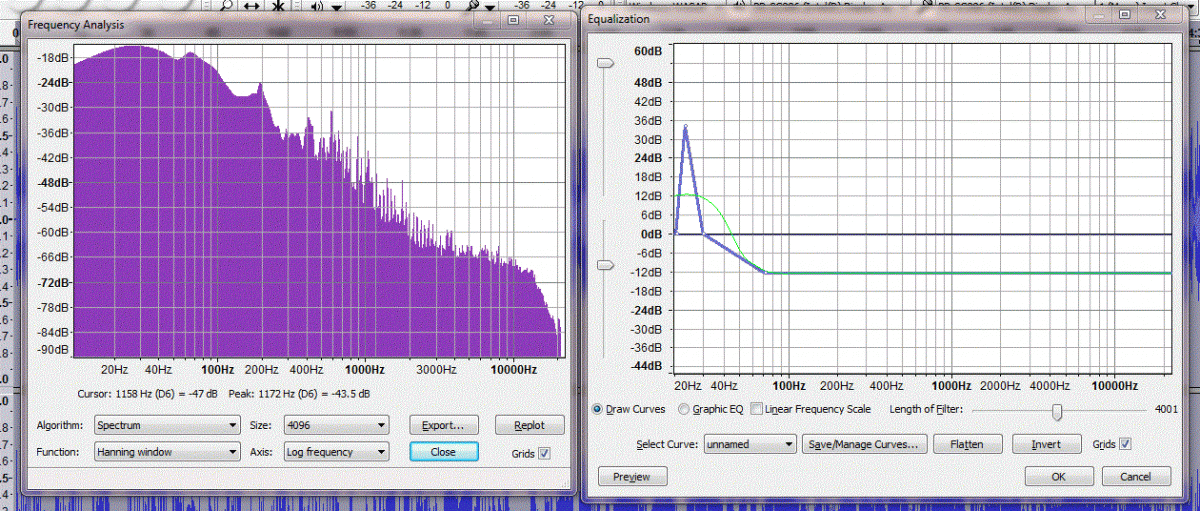MAB
Major Contributor
By the way, I actually have a pair of speakers with the same Seas Excel tweeter as your Perspectives, and the larger Excel midbass.Enjoy your Genelecs. (Or whatever you own).

Active DSP DIY speakers, for testing a few ideas
FFLOTSAM (Fabricated From LeftOver Things Studio Active Monitor) Active DSP speakers, for testing a few ideas I had some stuff lying around; a few random Baltic Birch-ply panels, some countertop material, a few cans of partially used brown spray paint, and some not-too clumpy spar varnish (that...
 www.audiosciencereview.com
www.audiosciencereview.com
I then went active, using a pair of crossover boards I hacked from Siegfried Linkwitz for one of his DIY designs.
Then I got a MiniDSP digital crossover. I have several of those over the years now, they are incredibly useful.
I later built the drivers into a pair of 2.5-ways with the same midbass as your Perspectives combined with the larger Excel woofer. The idea was they would be smaller than the mighty Thor, but not really in the end.
I ended up samples of most of the Seas Excel line. They are really great, if not totally contemporary. Like the tweeter is truly awesome, but lacks the modern waveguide and needs care in matching directivity. The midbass have all sorts of resonance above the passband (you can read about it in the build thread), these have to be controlled or need to have an absurdly low crossover to the tweeter or be used 3-way.
And I really enjoy them in the latest incarnation.
I have a beautiful pair of classic Rauna, made from concrete, called Swedish Tombstones at some point.
A few Paradigm, including some of the classic Studio Monitors.
etc.
And yes, a pair of Genelec ones.




